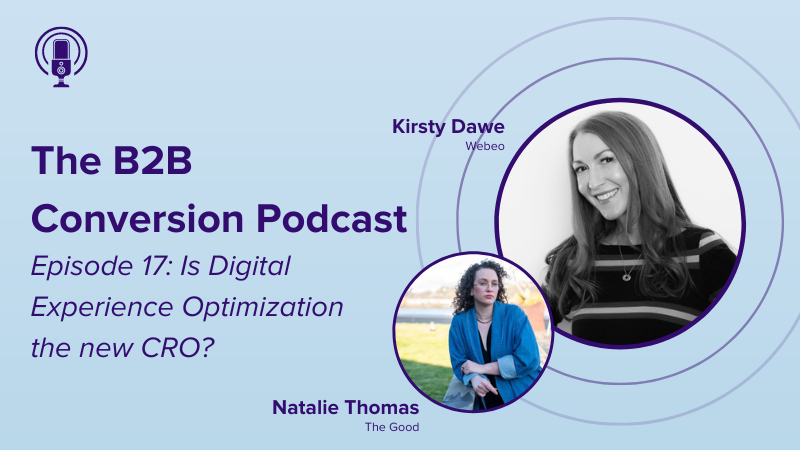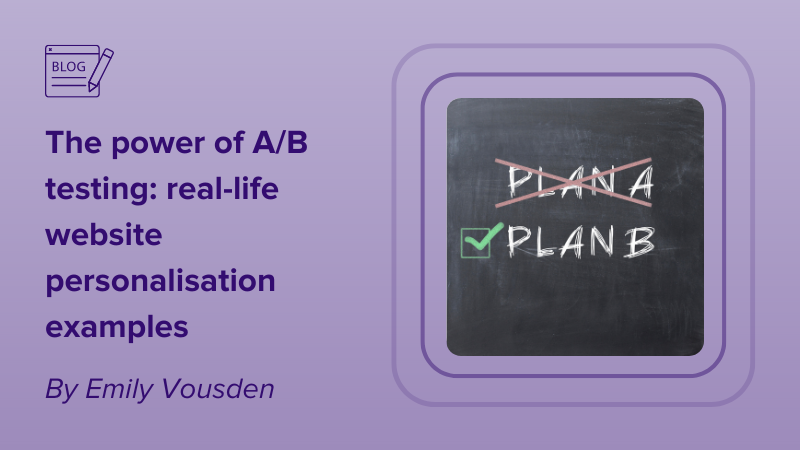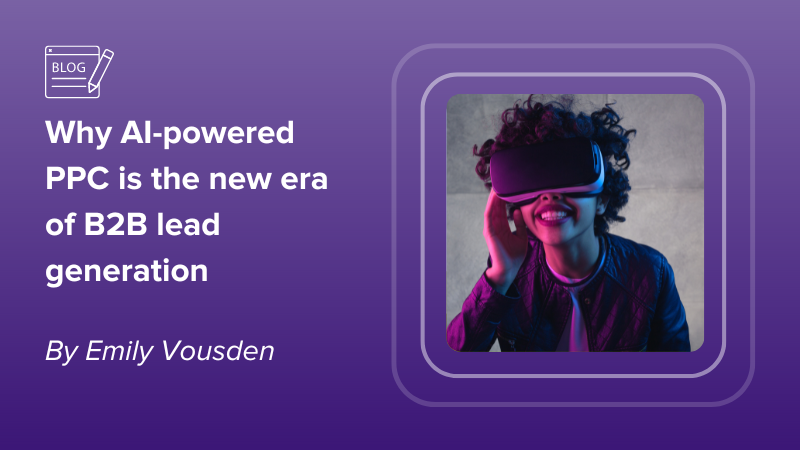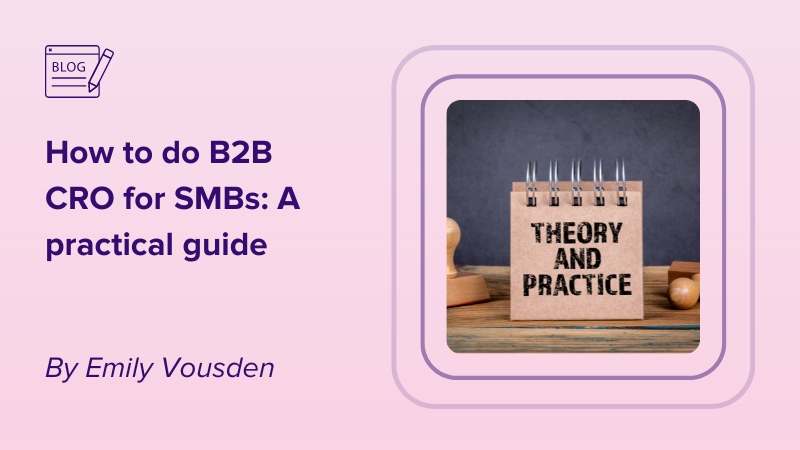By now, most marketers will know about personalization. Let’s be honest — it’s hard to ignore! It has taken the marketing world by storm in recent years. Dynamic Yield found that 96% of marketers and executives believe in the value of personalization. And, according to InstaPage, in-house marketers that are personalizing their web experiences see an average of a 19% uplift in sales. It’s not just those in marketing that value it so much. It’s what buyers want. In fact, Segment found that on average, 71% of consumers feel frustrated when their shopping experience is impersonal. And, Smarter HQ discovered that 90% of consumers are willing to share their behavioral data if additional benefits are provided that make shopping cheaper or easier.
So, it’s clear that for marketing success, personalization is a must. But, how can B2B marketers get it right? That’s where industry segmentation comes in. B2B marketers often have to serve multiple industries — and in an era of digital personalization, a one-size-fits-all website and generic B2B marketing campaign will no longer make the cut. To stand out in a crowded market, you need to make your content count. Get to know your customers, increase relevance, and make them feel valued at every stage of their customer journey. Market segmentation based on industry can help marketers take the first tentative steps towards total personalization — as well as offering a scalable approach to providing bespoke experiences.
So, what is industry segmentation?
Let’s start with the industry segmentation definition. Essentially, it’s a method that businesses can use to split their customer base or audience based on similarities they share. In the case of segmentation by industry, businesses will ‘segment’ their audience based on the industry they sit within. For example, as a B2B organization, you may provide a product that is purchased by the finance industry, the healthcare sector, and manufacturers. Let’s say that these are the key industries you serve. Each of these industries will have different wants, needs and preferences when it comes to what they purchase, how they engage with your brand, and the content they want to see. So, start by creating content and experiences that are relevant to each of them.
This can be taken a step further to offer a more personalized experience and, in turn, increase your chances of impressing and converting customers. Within each industry, there are a number of segments or types of organizations that make it up. Let’s take the finance industry, for example. Insurance companies, banks and accounting firms all sit within finance — but each of them are very different. And, in turn, may seek different products from your business, or use the same one in very different ways. So, the content you create, marketing messages you distribute, and platforms you use will vary. Highlight what each segment considers to be your Unique Selling Point (USP), conduct research to understand what they are looking for and tailor your approach accordingly.
The tools you need
According to CSMWire, marketing technology spend is now higher than advertising spend for businesses. And, KoMarketing found that as many as 43% of marketers use between six and ten different martech solutions. To achieve the best results, you need to have the best personalization software in place. If you’re targeting multiple industries and smaller industry segments, you’re going to need to have hordes of bespoke, relevant marketing content at your fingertips. Reliable technology is an effective way to ensure regular contact with your target accounts and highly-tailored communications, as well as providing access to high-quality accurate data, and reducing the chances of human error.
Include a high-quality analytics tool from the outset to gain the data and insight you need to serve your audience. Use the data to fuel the marketing decisions you make. And remember, designing a seamless personalized marketing stack is key. From website personalization software that transforms every website visit into a unique experience, to content personalization tools and email marketing automation — every step of the customer journey needs to be supported by the right tech. And, in turn, you’ll reap the rewards of offering a personalized experience. According to MailChimp, through the use of segmentation, customers saw an uplift of more than 14% more email opens, a 101% increase in clicks, and a 4.7% decrease in bounces.
Webeo is the B2B website personalization software at the forefront of creating bespoke and engaging online experiences. Utilizing a global leading database of business IP addresses, the tool works by transforming one-size-fits-all websites based on the visitor and creates the perfect website for every visitor, every time. Impress your key industries by showcasing relevant content, presenting eye-catching imagery and engaging text, including personalized greetings, and call-to-action’s on your site. Boost your conversion-rate, reduce your bounce-rate, increase the time spent on your website, and offer the ultimate customer experience. Want to discover the power of website personalization for yourself? Book your Webeo demonstration today.




